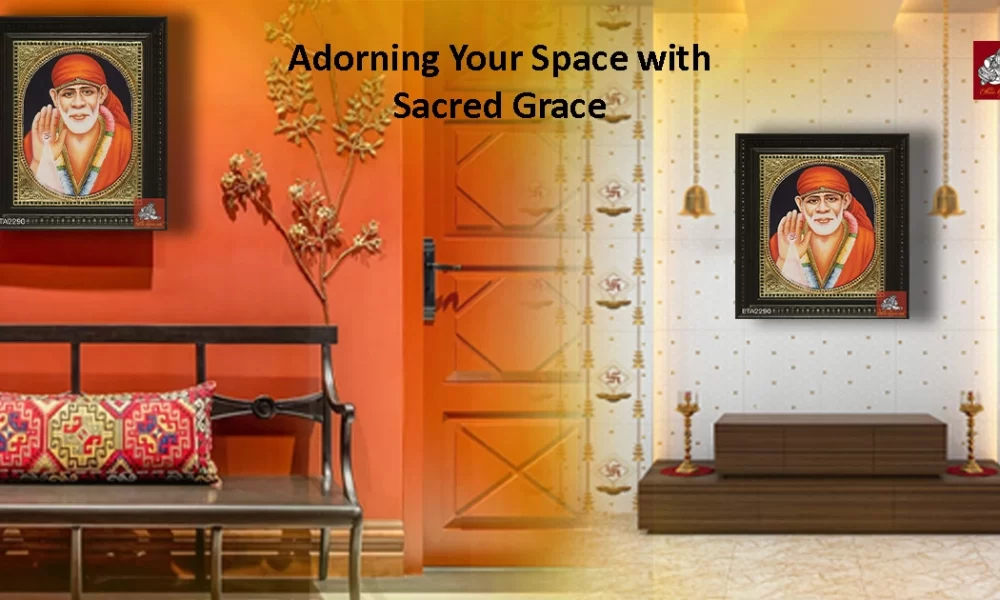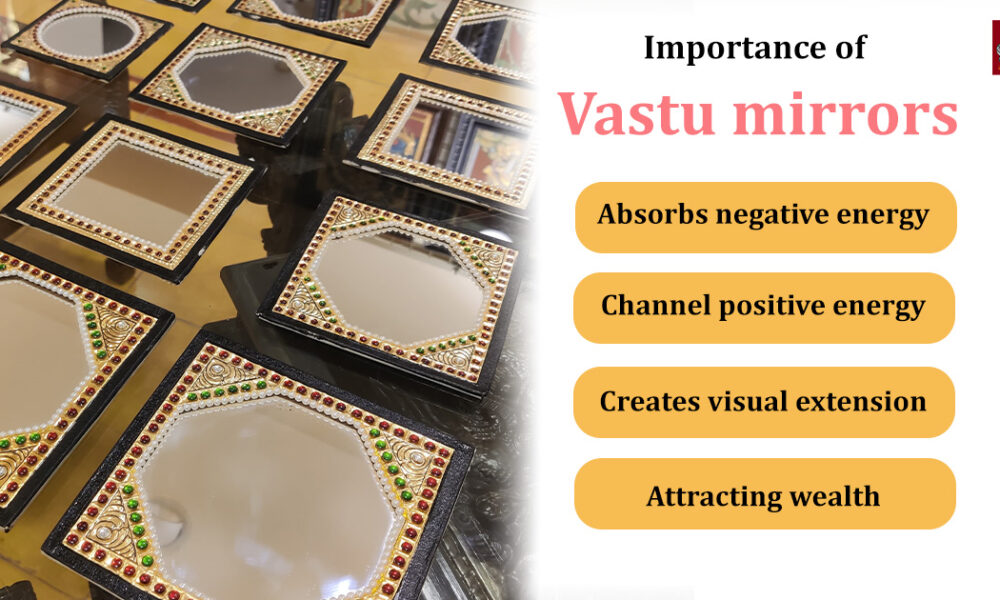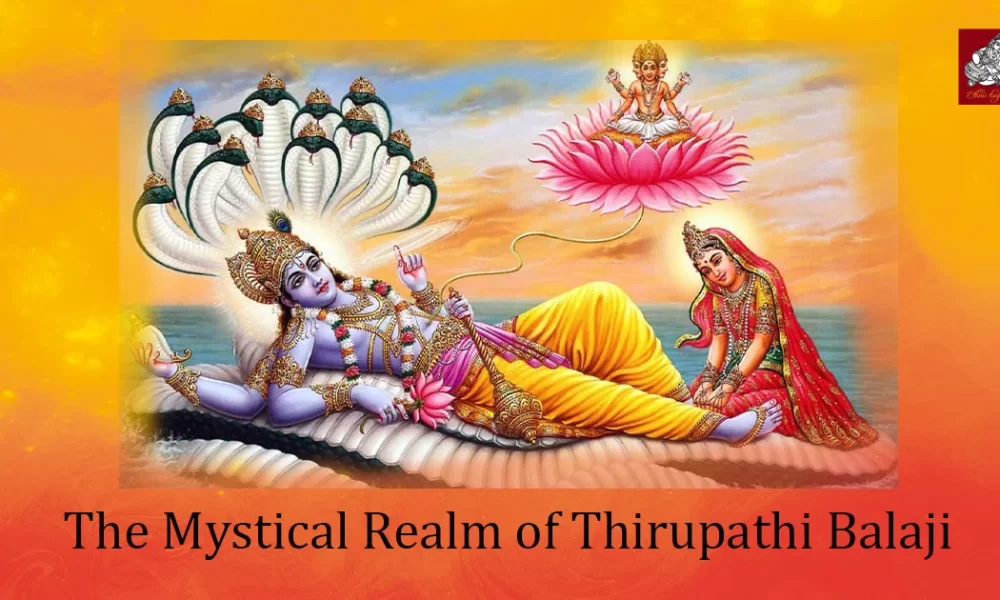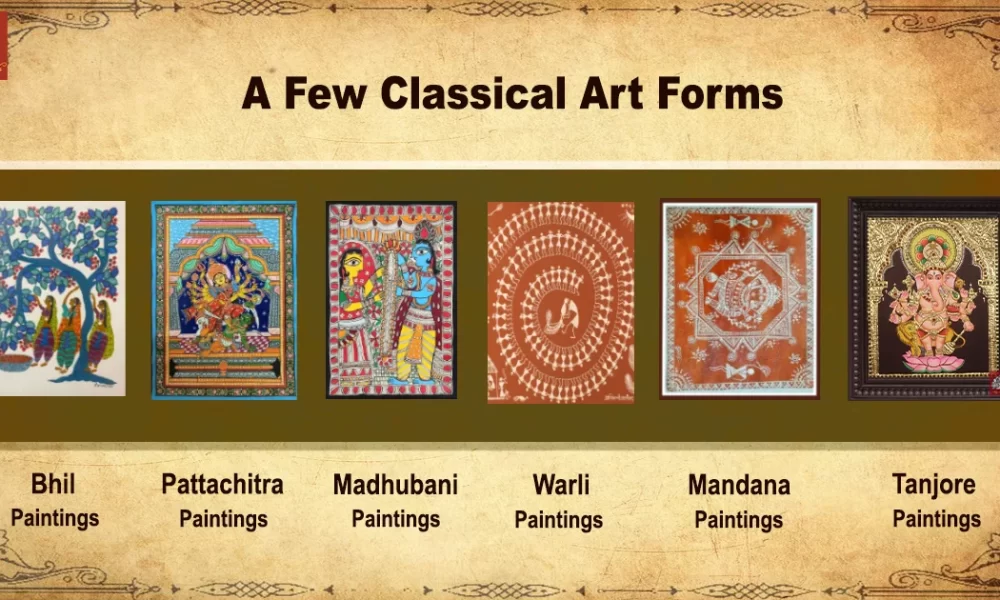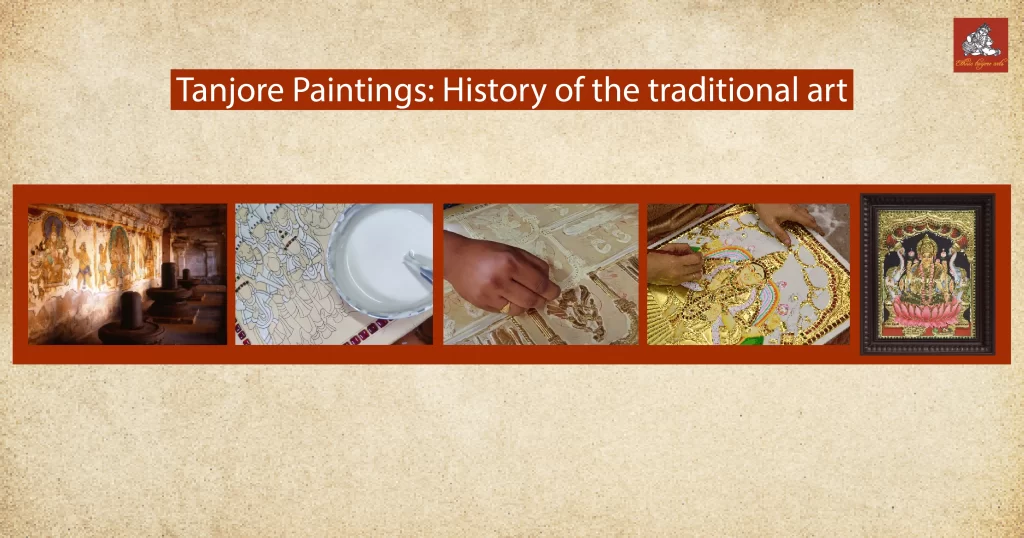“Radha Krishna”
Two names that always resonate as a single soul are the eternal love of almighty Krishna and Goddess Radha.
Ingrained as the greatest love tale of all time in Hindu mythology, Radha and Krishna are inseparable soulmates who loved, devoted, and supported each other through thick and thin. As we are all aware, Krishna is the eighth incarnation of Lord Vishnu on Earth. Goddess Radha is said to be the incarnation of Maa Lakshmi, consort of Lord Vishnu.
Today, let’s witness the epic tale of love by Radha Krishna in this blog post.
The love story of Radha and Krishna
The love tale of Radha and Krishna transcends every boundary, rule, time, and space. Their eternal love is the divine representation of the pure bond between an individual soul and the divine.
Their story started in the idyllic village of Vrindavan, where Krishna and Radha grew up. The son of Yashoda, Krishna was known as the mischievous charmer who troubled the gopis through his playful tricks and pranks. He was notorious for stealing butter and playing the flute, whose tunes enchanted everyone around him.
Radha and Krishna’s first meeting was said to occur under the circumstances of Krishna playing the flute for the grazing cows. Bewitched by the music, gopis forget their chores and dance. One gopi particularly held Krishna captive, Radha.
The legend goes that as soon as Radha laid eyes on Krishna, she realized his divine presence and fell into the depths of love and devotion. While the whole world yearned for the love of the blue-skinned Krishna, he yearned only for Radha.
Krishna and Radha used to dance in the Nidhivan (garden) in the Vrindavan.
Their love is often depicted through their playful interactions known as Rasa Lila, a divine dance where Krishna multiplies himself so each Gopi (cowherd girl) feels his presence beside her. This dance is symbolic of the spiritual union between the soul and the divine.
Over the years, Krishna had to leave Vrindavan and travel to Mathura and later Dwaraka. The profound longing is a pivotal moment in their tales, also representing the longing of a soul toward the divine.
The significance of Radha Krishna in Hinduism
The story of Radha Krishna is the epitome of spiritual love that crosses the living realm and portrays the holy connection between the soul and the divine. Radha’s unconditional love and devotion towards Krishna symbolize the ideal path of bhakti.
The significance of Radha Krishna is profound, embodying deep spiritual and romantic concepts. Their story, as said above, is a holy portrait of the connection between a soul and the supreme divine. Their union and separation symbolize the spiritual journey of seeking, finding, and experiencing divine love and bliss.
The interactions between Radha and Krishna, particularly the Rasa Lila, are symbolic of the cosmic dance of creation, preservation, and destruction.
Krishna’s love for Radha represents God’s love for all beings. He is seen as a playful and compassionate deity who engages with his devotees in various forms and pastimes (lilas), making the divine accessible and relatable.
Their story also signifies the divine truth of love. Love is selfless, unconditional, devotional, and focused on the divine.
Radha and Krishna in Art and Literature
The love of Radha and Krisha had and still has a pivotal impact on literature and art, spanning across Radha and Krishna in art and literature.
Poets like Jayadeva, Surdas, and Mirabai celebrated and portrayed Radha as the ideal devotee and Krishna as the supreme deity. This contributed to the Bhakti movement. Jayadeva’s 12th-century poem “Gita Govinda” is another spectacular work that elaborates on the passionate and intimate relationship between Radha and Krishna. The poems are known for their lyrical beauty and the beautiful exploration of the feelings of longing, separation, and union.

Andal’s Tiruppavai resonates with the themes of divine love, though it focuses more on Krishna, Radha, and the Gopis.
Furthermore, Radha and Krishna’s love is one of the primarily performed subjects in classical dances in India.
When it comes to art, Tanjore paintings of Radha Krishna alongside Mugal, Rajput style, Pahari, Madhubani, Warli, and Pattachitra portray Radha Krishan and their divine love. Their depictions in art reflect cultural, religious, and aesthetic values, capturing the essence of their divine love and their myriad emotions.
Festivals and Traditions
Holi is the primary Hindu festival, also known as the festival of colors, that signifies the love and joy of Radha Krishna. It is celebrated with particular enthusiasm in Vrindavan. The festival is celebrated by singing, dancing, reciting prayers, and, chiefly, with vibrant colors.
In the Karthigai month, Rasa Lila takes place, which reenacts the divine dance of love performed by Krishna and the gopis, with Radha as the central figure.
Kartik Purnima is celebrated in honor of the divine love of Radha and Krishna, during which devotees perform rituals and light diyas in temples and river banks.
Conclusion
The tale of Radha and Krishna is a divine one with unconditional devotion, love, passion, longing, and sacrifice. Their story also signifies the way the holy relationship between a soul and the divine should be.
The eternal love has impacted the literature and art realms of India, with various poets and artists taking inspiration. The works of love are phenomenal and are still much appreciated and celebrated.
Just like how the Ramayana and Mahabaratha have a significant impact on the lives of people, the tales of Radha Krishna are embedded in the souls of India. Every home requires a holy symbol that reminds them of love and devotion.
So, buy yourself a Radha Krisha Tanjore painting and witness their eternal bond.




